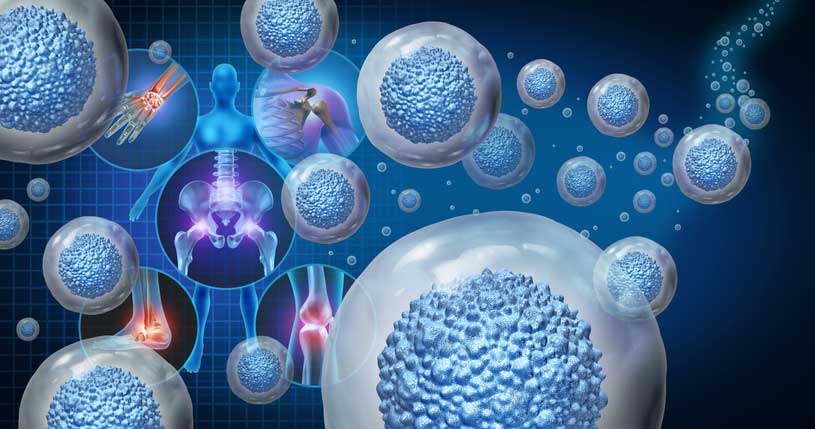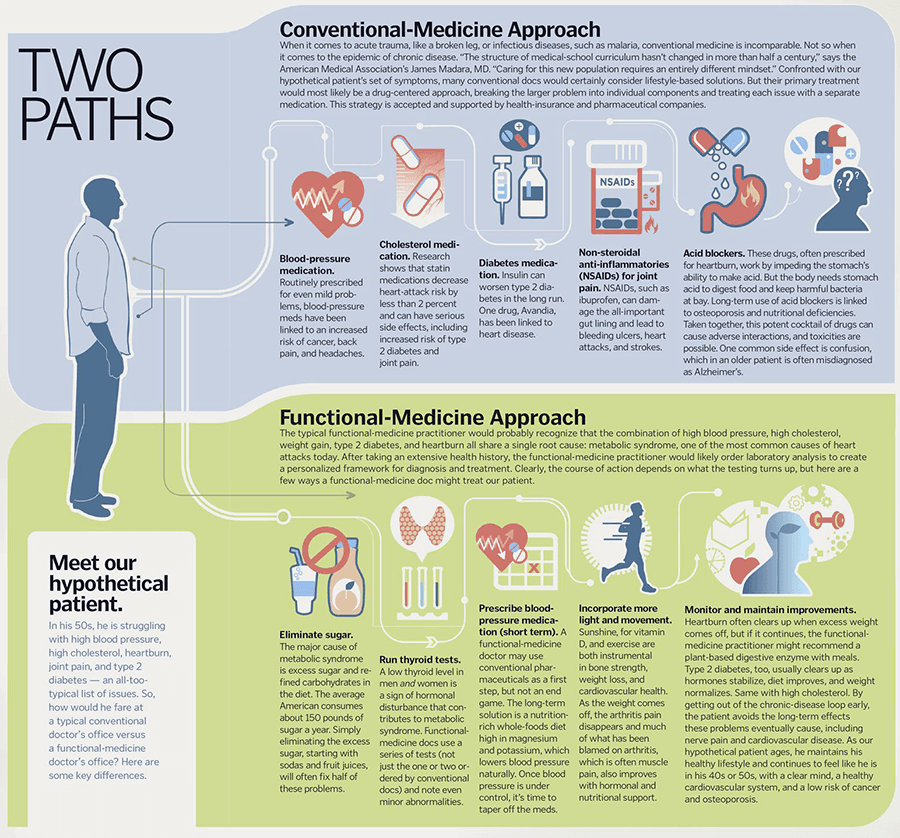Table of Contents

[/image][=video]
[/video]
There are lots of kinds of stem cells. In general, the term stem cell describes a group of cells that trigger various other cells (like skin, blood, heart, and muscular tissue cells) by reproducing and distinguishing in action to chemical hints. Totipotent stem cells appear at the earliest phase of growth and are the only stem cells which can produce beginning stem cells and the placenta.
Bone marrow transplant (BMT) is a special therapy for patients with certain cancers or various other diseases. A bone marrow transplant involves taking cells that are generally located in the bone marrow (stem cells), filtering those cells, and providing back either to the donor (person) or to an additional person. The objective of BMT is to transfuse healthy and balanced bone marrow cells right into a person after his/her very own undesirable bone marrow has actually been treated to kill the abnormal cells.
Bone marrow is the soft, mushy cells found inside bones. It is where a lot of the body's blood cells establish and are stored. The blood cells that make other blood cells are called stem cells. One of the most primitive of the stem cells is called the pluripotent stem cell. This is various than various other blood cells with regard to the adhering to buildings: It has the ability to duplicate another cell similar to itself.
It is the stem cells that are required in bone marrow transplant. The objective of a bone marrow transplant is to cure many conditions and types of cancer. When the dosages of radiation treatment or radiation required to cure a cancer are so high that a person's bone marrow stem cells will be permanently harmed or ruined by the therapy, a bone marrow transplant might be required.
Perimenopause Treatment local to Walker, Michigan
This process is usually called rescue. Replace bone marrow with genetically healthy operating bone marrow to stop even more damages from a hereditary condition process (such as Hurler's disorder and adrenoleukodystrophy). The threats and advantages must be evaluated in a complete discussion with your doctor and specialists in bone marrow transplants before the treatment.
There are different kinds of bone marrow transplants depending on who the donor is. The various types of BMT consist of the following: The donor is the client himself or herself. Stem cells are taken from the person either by bone marrow harvest or apheresis (a process of gathering peripheral blood stem cells), icy, and afterwards returned to the patient after intensive therapy.
The contributor shares the exact same hereditary type as the person. Stem cells are taken either by bone marrow harvest or apheresis from a genetically matched benefactor, normally a bro or sis. Various other benefactors for allogeneic bone marrow transplants might consist of the following: A haploid-identical match is when the donor is a parent and the genetic suit is at the very least half the same to the recipient.

Matching entails typing human leukocyte antigen (HLA) cells. The antigens externally of these unique white blood cells identify the hereditary make-up of a person's body immune system. There are at least 100 HLA antigens; however, it is believed that there are a couple of major antigens that determine whether a donor and recipient suit.
Clinical research study is still exploring the role all antigens play in the procedure of a bone marrow transplant. The more antigens that match, the far better the engraftment of given away marrow. Engraftment of the stem cells happens when the given away cells make their means to the marrow and start making new members cells.
Medical Group servicing Walker, Michigan
All people function together to give the finest possibility for an effective transplant. The team contains the following: Healthcare providers that concentrate on oncology, hematology, immunology, and bone marrow transplant. A registered nurse who organizes all elements of care supplied before and after the transplant. The registered nurse planner will certainly supply patient education, and coordinates the analysis screening and follow-up treatment.
Experts that will assist you satisfy your nutritional requirements before and after the transplant. Several other team participants will review you before transplant and will certainly provide follow-up treatment as required.

A complete case history and physical examination are executed, including several examinations to evaluate the individual's blood and body organ functions (as an example, heart, kidney, liver, and lungs). A person will certainly usually enter into the transplant facility approximately 10 days prior to transplant for hydration, analysis, placement of the main venous line, and various other preparations.
For an allogeneic transplant, an ideal (cells typed and matched) donor needs to be readily available. Voluntary marrow benefactors are signed up in several national and worldwide computer system registries.
Donor sources available consist of: self, sibling, parent or loved one, nonrelated individual, or umbilical cord from an associated or nonrelated individual. There are national and worldwide pc registries for nonrelated individuals and cable blood. Some relative may be keyed in as a result of the wish to aid. These family members might or might not choose to have their kind registered for usage with other receivers.
Regenerative Therapy in Walker
Tests associated to his or her wellness, direct exposure to viruses, and genetic analysis will certainly be done to determine the degree of the match. The donor will certainly be provided directions on how a bone marrow donation will be made. As soon as a suit for an individual needing a bone marrow transplant is discovered, after that stem cells will be collected either by a bone marrow harvest.
Or by an outer blood stem cell collection. This is where stem cells are gathered from the distributing cells in the blood. Of the two, peripheral blood stem cell donations are currently more usual. Cable blood has actually currently been gathered at the time of a birth and stored for later usage.
Navigation
Latest Posts
Hormone Therapy
Perimenopause Treatment
Menopause Therapy